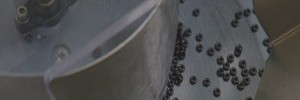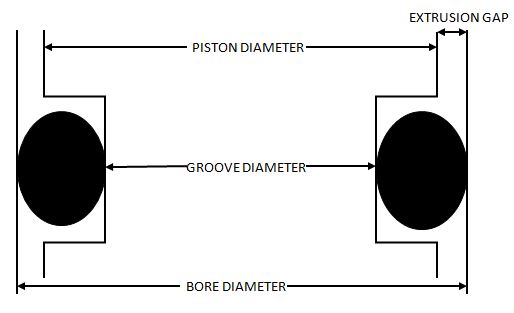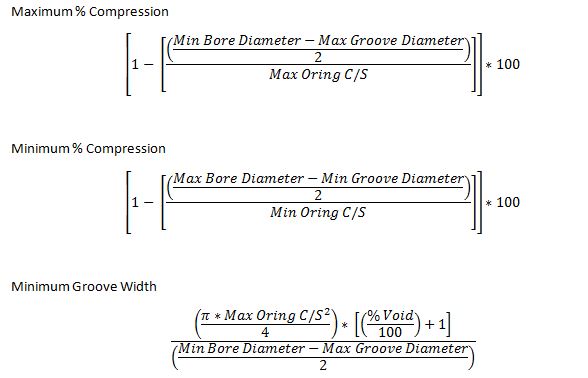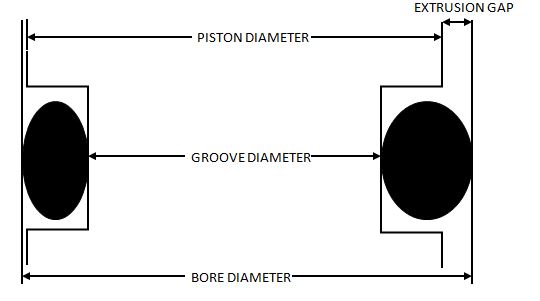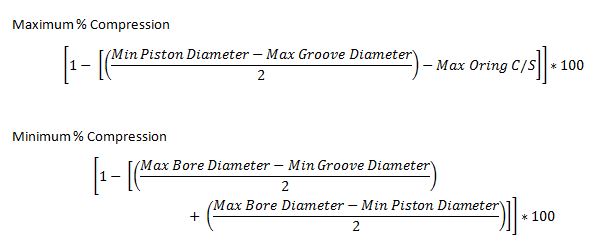MicrOrings are used in a wide variety of industries — from medical devices, to aerospace, to precision instruments, to fiber-optics and more. MicrOrings might appear as ordinary O-Rings, but they require special attention when used in sealing applications such as controlling tolerance stack-up.
Today’s smaller designs can present some big challenges for engineers, particularly the tighter tolerances required for microminiature sealing applications. Let’s take a look at tolerance stack-up when it comes to MicrOrings.
Let’s Talk MicrOrings
As a general definition, a MicrOring seal is any O-Ring that measures less than 1 mm in either inside diameter or cross section. We offer MicrOring® seals in more than 2,000 sizes, ranging from the largest, with an inside diameter or cross section of .039 in. (1.0 mm), down to .008 in. (.20 mm) inside diameter and cross section.
When designing a seal, chemical compatibility, pressure resistance, temperature extremes along with dimensions are all important design characteristics. In the case of MicrOrings, tolerance stack-up becomes one of the most important characteristics.
What is tolerance stack-up?
Tolerance stack-up is the combination of the tolerance of the seal, the piston and the bore. MicrOrings sealing requires all components to have higher precision and hold very stringent tolerances, and in many cases the total tolerance stack-up approaches the nominal O-Ring size. The result causes O-Ring failure from either over or under compressing the seal.
When working out the calculations, if the cross section has tolerances of + .003 and the groove diameter has tolerances of + .002 and the bore has a tolerance of + .001 there for the metal dimensions can very up to .006 and the O-ring can very up to .006 combined they stack-up to 0.012 if the O-ring cross section is 0.020 the stack-up is over half the normal size of the ring.
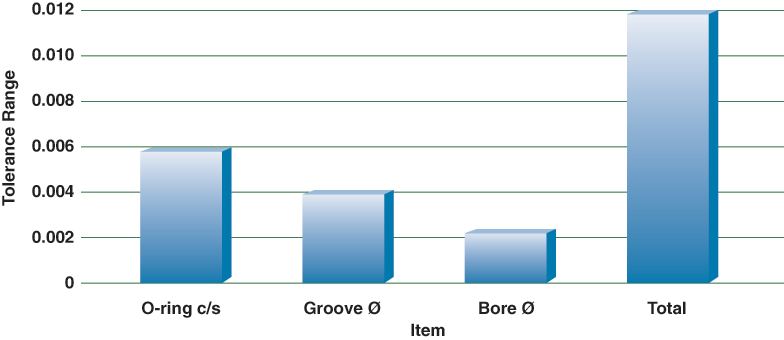
General guideline to consider when designing a seal is to maintain a range of percent compression (-10-40 % for static sealing and no more than 30% for dynamic seal applications). The minimum groove width volume should exceed the maximum O-ring volume by at least 10 % to account for temperature and volume swell. Also, approximately 75% of the seal cross section should be contained within the groove to ensure the seal doesn’t roll or extrude from the groove.
Static Concentric Piston Seal
Note: The value “% Void” is typically a minimum of 10%.
Static Eccentric Piston Seal
These suggestions and recommendations are meant to be used as a professional guide only. Since no two situations are alike, we strongly recommend that the seal you select be rigorously tested in the actual application prior to production. We make it easy with a plug and play O-Ring Gland Calculator to check compression either concentric or eccentric.
Have questions or comments on tolerance stack-up? Connect with us on Twitter or contact our engineers.
